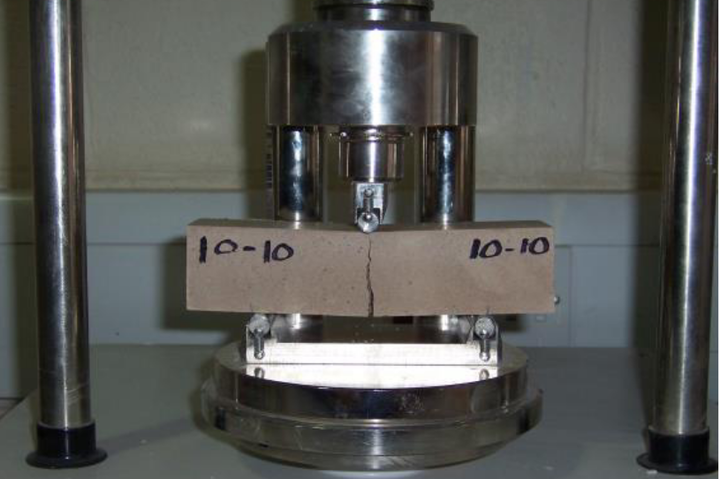Modified Cementitious Binders Including Gypsum & GGBS

Abstract
The aim of the project was to investigate cementitious binders of various materials including ggbs and gypsum. This included the environmental impact of its use and production, economic benefit from alternatives, and most importantly the technical behaviour of concrete.
Research has shown that greenhouse gas emissions from the cement industry accounts for approximately 7% of all carbon dioxide emissions globally. The majority of these emissions originate from the calcination of limestone in OPC production. The global cement industry is not considered a large producer of NOx, sulphur, and dust pollution. NOx emissions are largely from the burning of fossil fuels, not the cement industry and Sulphur emissions from the cement industry also has little effect at a global level, as almost 100% of emissions comes from fossil fuel combustion.
The consequences of large proportions of gypsum in concrete can be severe, in some cases leading to sulphate attack. In any of its forms sulfate attack leads to the degradation of the cement, causing the concrete to loose its strength. In the form of thaumasite sulfate attack, it turns concrete to a mushy paste-like mass which, can be crushed in ones hands.
A solution investigated in the experimentation for the project was the replacement of OPC with gypsum. Performing this had the effect of mirroring the reactions of sulfate attack with gypsum.
The use of ground granulated blast furnace slag was also investigated in experiments. Ggbs was used as it is known to reduce sulfate attack through. It also has a much more environmentally friendly production, producing less than one tenth the CO2 emissions of OPC production.
Samples were tested to investigate whether they are viable alternatives for the construction industry. Experiments in to their required setting time, flexural strength and compressive strength were carried out. Comparisons in terms of their performance in both strength and setting were made to evaluate the potential applications of each formulation used.
The results of these experiments and have been outlined and the recommendations for use given in the concluding chapters of the report.